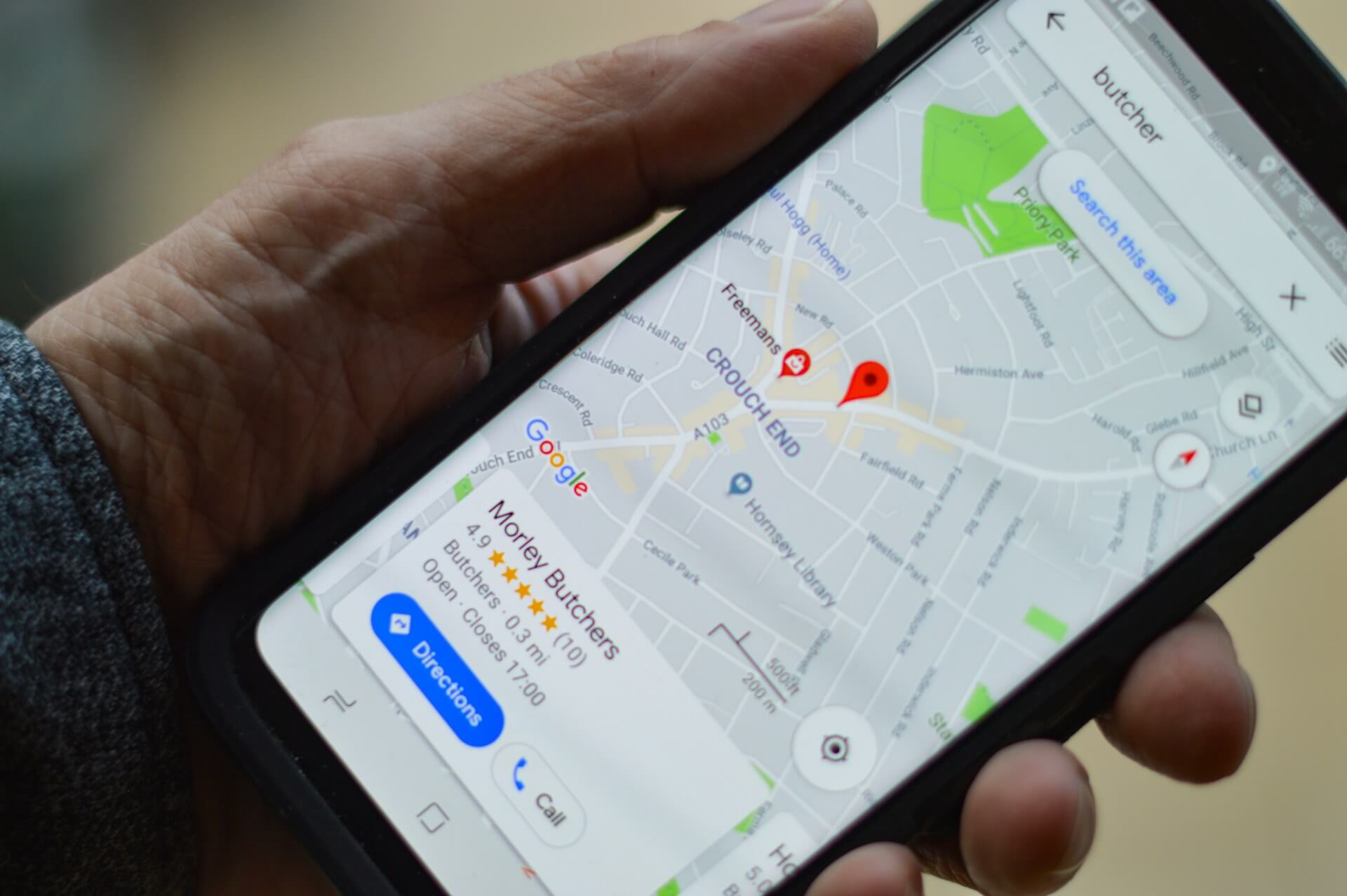A question often asked by small, local business owners and marketers is: How do I set up local SEO? We’ll answer that question here.
Local SEO helps your business show up when people nearby search for what you offer. It’s about making sure your business appears in Google searches and maps when someone looks for services “near me.” This is especially important for small businesses that rely on local customers. (GeoPlugin, Neil Patel)
How do I set up local SEO? Let’s get in to it.
Step 1: Claim and Optimize Your Google Business Profile
Your Google Business Profile (formerly Google My Business) is like your business’s online ID card. It tells Google and potential customers where you are, what you do, and how to contact you. (AgencyAnalytics)
Why it matters:
Google uses this profile to decide which businesses to show in local search results and maps.
How to set it up:
- Go to Google Business Profile and sign in.
- Enter your business name and address.
- Choose the correct business category.
- Add your phone number and website.
- Verify your business (Google will guide you through this).
- Add photos of your business, products, or services. (crowdspring, Routific, Semrush)
According to Semrush, setting up your Google Business Profile is one of the most important steps in local SEO because many users discover businesses through Google’s local results. (Semrush)
Step 2: Ensure Consistent NAP Information
NAP stands for Name, Address, and Phone number. Consistency is key. Your NAP information should be the same everywhere it appears online. (Reddit, GeoPlugin)
Why it matters:
Inconsistent information can confuse customers and search engines, making it harder for people to find you.
Where to check:
- Your website
- Social media profiles
- Online directories (like Yelp, Yellow Pages)
- Local listings (Architectural Digest, Investopedia, AgencyAnalytics, Google for Developers)
BrightLocal emphasizes that accurate NAP information across all platforms helps improve your business’s local visibility. (AgencyAnalytics)
Step 3: Gather and Manage Customer Reviews
Reviews not only influence potential customers but also affect your local search rankings.
Why it matters:
Positive reviews build trust and can improve your visibility in search results.
How to get reviews:
- Ask satisfied customers to leave a review.
- Make it easy by providing a direct link to your review page.
- Respond to reviews, both positive and negative, to show you value customer feedback. (Semrush)
According to Semrush, managing your online reviews efficiently can maximize the value they bring to your business. (Semrush)
Step 4: Build Local Citations
Citations are mentions of your business’s NAP information on other websites, even if there’s no link to your site (LinkedIn)
Why it matters:
Citations help search engines verify your business’s existence and relevance in a particular area. (LinkedIn)
Where to get citations:
- Local business directories
- Chamber of Commerce websites
- Industry-specific directories (LinkedIn)
Semrush notes that building local citations on relevant, high-quality websites is one of the most important local SEO tasks. (Semrush)
Step 5: Optimize Your Website for Local Search
Your website should clearly indicate your location and the services you offer. (Collaborada)
Why it matters:
Search engines use your website content to understand what your business does and where it’s located.
How to optimize:
- Include your city and state in page titles and headings.
- Create a contact page with your full NAP information and a map.
- Write blog posts about local events or news related to your industry. (LinkedIn)
Squarespace suggests creating targeted landing pages for each location and service you offer to boost local SEO. (Squarespace)
Step 6: Use Local Keywords
Keywords are the words people type into search engines. Using local keywords helps your business show up in relevant searches. (LinkedIn, GeoPlugin)
Why it matters:
Including local keywords signals to search engines that your business is relevant to specific geographic searches.
How to find and use them:
- Think about what your customers might search for (e.g., “bakery in Dallas”).
- Use tools like Google Keyword Planner to find popular local search terms.
- Incorporate these keywords naturally into your website content.
Neil Patel emphasizes the importance of finding high-volume local keywords to rank for, as they help your business appear in local search results. (Neil Patel)
Step 7: Make Your Website Mobile-Friendly
Many people search for local businesses on their phones. Your website should look good and work well on mobile devices. (LinkedIn)
Why it matters:
A mobile-friendly website provides a better user experience and can improve your search rankings.
How to optimize:
- Use a responsive design that adjusts to different screen sizes.
- Ensure buttons and links are easy to tap.
- Keep loading times fast by optimizing images and minimizing code. (LinkedIn)
Boostability highlights that optimizing your website for mobile users is crucial, as a significant portion of local searches are conducted on smartphones. (Boostability)
Final Thoughts
Setting up local SEO is about making your business easy to find for people in your area. By following these steps, you can improve your online presence and attract more local customers.
Remember:
- Keep your business information consistent across all platforms.
- Engage with your customers through reviews and local content.
- Ensure your website is optimized for both search engines and mobile users.
By investing time in local SEO, you’re helping your community find and support your business.
